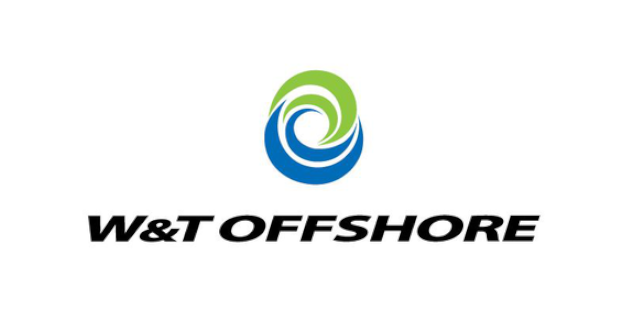
W&T Offshore, Inc. (NYSE:WTI) is expected to report an EPS of -$0.19 for Q3, indicating potential financial challenges.
The company’s revenue for the quarter is projected at approximately $122.41 million, with a negative P/E ratio of -14.13.
WTI’s debt-to-equity ratio stands at 78.60, highlighting a high level of debt, though a current ratio of 1.06 suggests short-term financial stability.
W&T Offshore, Inc. (NYSE:WTI) is a company engaged in the exploration and production of oil and natural gas, primarily operating in the Gulf of Mexico. As a significant player in the energy sector, WTI competes with other oil and gas companies in the region. The company is set to release its quarterly earnings on Thursday, November 7, 2024, after market close.
Wall Street estimates that WTI will report an earnings per share (EPS) of -$0.19 for the third quarter. This anticipated decline in earnings is consistent with the company’s current financial challenges. As highlighted by Zacks Investment Research, WTI lacks the optimal combination of key factors necessary for an earnings beat in its upcoming report.
The revenue for the quarter is projected to be approximately $122.41 million. Despite this revenue, WTI’s financial metrics indicate ongoing struggles. The company has a negative price-to-earnings (P/E) ratio of -14.13, reflecting its current unprofitability. Additionally, the earnings yield stands at approximately -7.08%, further emphasizing the financial difficulties.
WTI’s price-to-sales ratio is 0.64, meaning investors are paying 64 cents for every dollar of sales. The enterprise value to sales ratio is 1.11, indicating the company’s valuation relative to its revenue. The enterprise value to operating cash flow ratio is 5.44, showing how many times the operating cash flow can cover the enterprise value.
The company’s debt-to-equity ratio is 78.60, indicating a relatively high level of debt compared to equity. However, WTI’s current ratio of 1.06 suggests a modest level of short-term financial health, as it has slightly more current assets than current liabilities.

